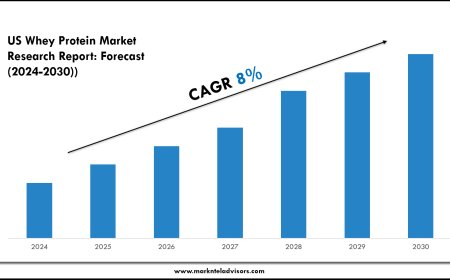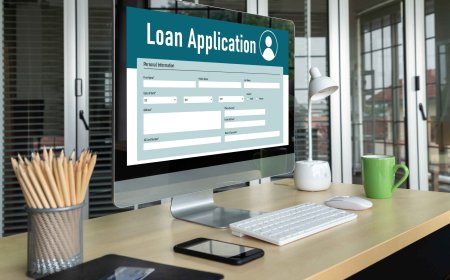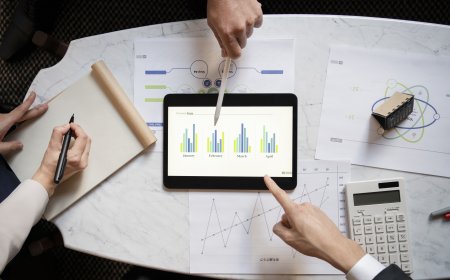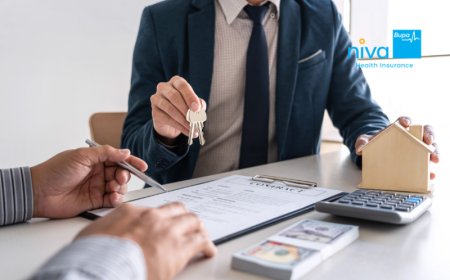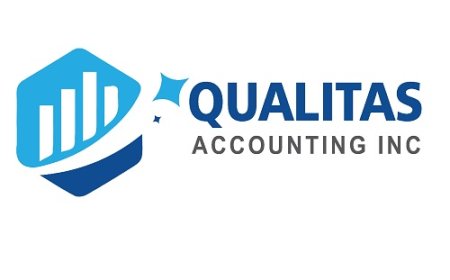How to File a Self-Assessment Tax Return Without an Accountant (UK Guide 2025)

Filing your Self-Assessment tax return without hiring an accountant is entirely possibleespecially with HMRCs user-friendly online system. Whether you're a sole trader, freelancer, landlord, or high-income employee, understanding how to manage your tax responsibilities yourself can save you hundreds of pounds in fees.
In this comprehensive UK guide, well walk you through everything you need to know to file your Self-Assessment tax return confidently and accuratelywithout an accountant.
Quick Navigation
Who Needs to File a Self-Assessment Tax Return?
What Youll Need Before You Start
Step-by-Step: How to File Your Self-Assessment Online
Common Mistakes to Avoid
Pros and Cons of Doing It Yourself
Useful Tools and Resources
Final Thoughts
Who Needs to File a Self-Assessment Tax Return?
Self-Assessment is HMRCs way of collecting Income Tax from individuals and businesses whose tax isn't deducted automatically.
You need to file a Self-Assessment if you:
-
Are self-employed or a sole trader
-
Receive rental income from property
-
Earn over 100,000 per year
-
Receive dividends or investment income
-
Have foreign income
-
Earn income from crypto or online platforms (e.g., Etsy, Fiverr, Airbnb)
Even if youre PAYE-employed, additional income may require you to file a return.
What Youll Need Before You Start
Before you begin filing your tax return, gather the following documents and information:
Essential Documents:
-
Unique Taxpayer Reference (UTR) number
-
Government Gateway ID and password
-
National Insurance number
-
Records of all self-employed income
-
P60s, P45s, or payslips (if also employed)
-
Details of expenses, pension contributions, and charitable donations
-
Bank statements or accounting software reports
-
Rental income statements (if applicable)
Make sure your records cover the full tax year from 6 April to 5 April.
? Tip: Use an online bookkeeping tool or spreadsheet to keep track throughout the yearit makes filing far less stressful.
Step-by-Step: How to File Your Self-Assessment Online
Filing online is the most efficient method. Heres how to do it without professional help.
Step 1: Register for Self-Assessment
Visit HMRCs website and register if its your first time. Youll receive your UTR and activation code by post.
Step 2: Log In to Your Government Gateway Account
Go to https://www.quicktaxreturns.co.uk/ or HMRCs official site and sign in using your credentials.
Step 3: Navigate to the Tax Return Section
Choose the correct tax year and select the Self-Assessment return. HMRC will ask relevant questions to tailor the return for your situation.
Step 4: Enter Your Income Details
Carefully input income from all relevant sources:
-
Self-employment
-
Employment
-
Property rental
-
Dividends and interest
-
Capital gains
Step 5: Add Allowable Expenses
Input your business or professional expenses. Categories include:
-
Office costs
-
Travel expenses
-
Marketing and advertising
-
Business insurance
-
Professional subscriptions
HMRC offers a simplified flat-rate expense scheme for some categories. Be sure to check if you qualify.
Step 6: Claim Tax Reliefs
Include any reliefs for:
-
Pension contributions
-
Gift Aid donations
-
Marriage Allowance (if eligible)
Step 7: Review and Submit
Review your figures, make corrections if needed, and submit. HMRC will calculate how much tax you owe and provide a payment deadline.Common Mistakes to Avoid
Doing your Self-Assessment alone means being extra cautious to avoid penalties. Here are frequent mistakes to watch for:
Missing the Deadline
-
Paper returns: 31 October
-
Online returns: 31 January
-
Late returns incur automatic penalties starting at 100.
Overlooking Taxable Income
Even small sources of incomelike cashback, crypto, or freelance gigsmust be declared.
Claiming Ineligible Expenses
Only business-related expenses are deductible. Personal expenseseven if partially business-relatedshould be excluded unless correctly apportioned.
Using Estimated Figures
Never guess. Use exact amounts from your records. Keep all receipts for at least 5 years in case of an HMRC audit.
Pros and Cons of Filing Without an Accountant
Advantages
-
Cost-effective: Save money on accountancy fees
-
Full control: Understand your finances better
-
Convenient: File anytime from home
Disadvantages
-
Time-consuming: Learning the process can be challenging
-
Risk of error: Mistakes may result in fines or overpayment
-
Lack of tax strategy: You may miss out on reliefs or deductions
Using a platform likeQuickTaxReturns.co.uk simplifies the process while offering guided supporteven if you skip hiring a full accountant.
Useful Tools and Resources
Here are tools to make the DIY Self-Assessment process easier:
Tools:
-
QuickTaxReturns Online Filing
-
GoSimpleTax Paid tool with AI help
-
Xero or FreeAgent for bookkeeping
Guides & Help:
-
QuickTax Blog Easy-to-read articles for UK taxpayers
FAQs Filing Without an Accountant
Do I need special software?
No. HMRCs online platform is free and suitable for most taxpayers. But tools like QuickTaxReturns offer simplified interfaces and extra help.
What if I make a mistake?
You can amend your return within 12 months after the 31 January deadline. However, avoid repeated errors as they can flag you for an audit.
Is it legal to file my taxes without an accountant?
Yestheres no legal requirement to hire an accountant unless you want professional help.
Will I pay more tax if I do it myself?
Not necessarilybut without an experts input, you might miss deductible expenses or reliefs. Always research thoroughly or use HMRCs guidance.
Final Thoughts
Filing a Self-Assessment tax return without an accountant is absolutely achievable if youre organised, honest, and take the time to understand the process.
By following the steps in this guide and using online tools like QuickTaxReturns.co.uk, you can confidently file your return, avoid penalties, and possibly even reduce your tax bill.
? Take control of your finances todaystart your Self-Assessment journey without the accountant, but not without support.
Ready to File Your Return?
Visit QuickTaxReturns.co.uk for simplified tax return filing for UK individuals, freelancers, and landlords. No accountant neededjust smart, guided tools to help you stay compliant and confident.













